Will Advanced Technology Redefine Bio/Pharma's Agility?
Model-based approaches and digital analytics are improving flexibility at both the equipment and the manufacturing-line level.
The pharmaceutical industry is undergoing rapid change to meet increased global competition and the demands of its customers. As science advances, pharma’s focus has shifted from developing and making a limited number of large-volume “blockbuster” drugs to manufacturing a large number of varied therapies (e.g., personalized medicines) targeted to individual patients, patient groups, and global markets.
Today, more pharma companies have been integrating and intensifying processes, moving to multiproduct lines and facilities, and digitizing operations to improve automation and leverage the advanced quality improvement strategies advanced by Pharma 4.0. Particularly since the start of the COVID-19 pandemic, there has been a movement from offshoring to near- or on-shoring to increase flexibility.
Digital analytics and models are being used to improve manufacturing, while the Industrial Internet of Things (IIoT) and concepts behind Pharma 4.0 promise to reduce operator error and improve product quality.
Process integration is the rule. For parenteral drugs, for example, package formation, filling, and sealing can all be accomplished by the same machine. Blow–fill–seal (BFS) technology integrates blow molding, sterile filling, and hermetic sealing in one continuous operation to produce aseptically manufactured liquid drug products. BFS, as well as other form, fill, and seal processes use polymers for containers, rather than glass vials. Polymers offer flexibility in changing the shape or size of a package.
However, chemical compatibility studies and stability studies are needed to evaluate drug interactions with the package and ensure that the appropriate packaging material is selected. Testing methods are advancing. For example, compatibility testing using accelerated aging along with material characterization plays a key role in assuring sterility and the integrity of the package and drug product. Test methods such as DSC (differential scanning calorimetry), TGA (thermogravimetric analysis), TMA (Thermomechanical analysis), and FTIR (Fourier Transform Infrared spectroscopy) provide information at the molecular level regarding chemical compatibility. In addition, mechanical methods such as tensile strength and ductility reduction testing provide information on degradation of the material due to aging and chemical impact.
This article highlights current technology-adoption trends in the pharmaceutical industry and examples of where new tools are being applied to individual unit operations and overall manufacturing.
Flexible manufacturing has become a key goal. More pharmaceutical manufacturers are moving toward multi-product and flexible facilities to meet market and customer demands, respond more quickly to changing demand, and build to order. Flexible approaches enable increased revenue and market share, improved efficiency, and lower cost.
Flexibility is required at both the equipment and the manufacturing line level. As use of flexible and portable equipment continues to grow, three trends are enabling the move to flexible manufacturing:
- Improved technology transfer, using digital technology and modeling
- Increased use of skids and portable equipment
- Greater adoption of single-use technology (SUT) in biopharmaceutical operations.
Technology transfer
Technology transfer, in which a product moves from the lab to a pilot plant or the manufacturing floor, or from one equipment scale to another, has typically been a weak link in drug development. R&D professionals used to speak of throwing processes “over the wall” to manufacturing.
Today, more companies are taking a careful and collaborative approach to ensure success, since any type of tech transfer involves changes in materials, scale, and process variability. Key to success is a well-developed roadmap based on a fundamental understanding of the process and science involved.
Selecting process equipment is a crucial part of tech transfer, and requires diligent planning, documentation, and process and product understanding, whether one is partnering with a contract manufacturing or a contract development and manufacturing organization (CMO or CDMO).
Development partners must understand how differences in equipment might affect the process, and how the process might be modified to work with different equipment. They must also confirm that the equipment finally selected will perform as expected.
Traditionally, tech transfer has been done manually, using bench-scale testing methods that were designed to mimic manufacturing operations (e.g., blending, solids dissolution and filling).However, manual techniques often failed to ensure that processes scaled well to a production setting. In addition, they could be tedious, error-prone, expensive, and time consuming. Often, a large amount of design of experiments (DoE) data are needed to determine the conditions that will maximize product yield, another aspect of traditional tech transfer that adds complexity, cost, and time.
More recently, digital solutions have become available that accelerate tech transfer.They use computer-based predictive methods of analysis based on the fundamental laws of mass, momentum, and energy conservation, plus chemical kinetics.
One such tool is being used to improve mixing, a common unit operation that is at the heart of pharma processing. The mixing equipment used at one site (e.g., an R&D lab) may be very different from the equipment that will be used at the site to which the process will be transferred (e.g., a CDMO’s manufacturing site). Modeling can be used to better understand the differences to optimize tech transfer.
Consider a hypothetical case in which a mixing operation using Mixer A at laboratory scale is being transferred to a facility that will be using Mixer B, which features a different design.
Figure 1 shows Mixer A, which uses an airfoil impeller (Figure 2).
Figure 1. A cutaway of Mixer A, which uses an airfoil impeller (shown in Figure 2).
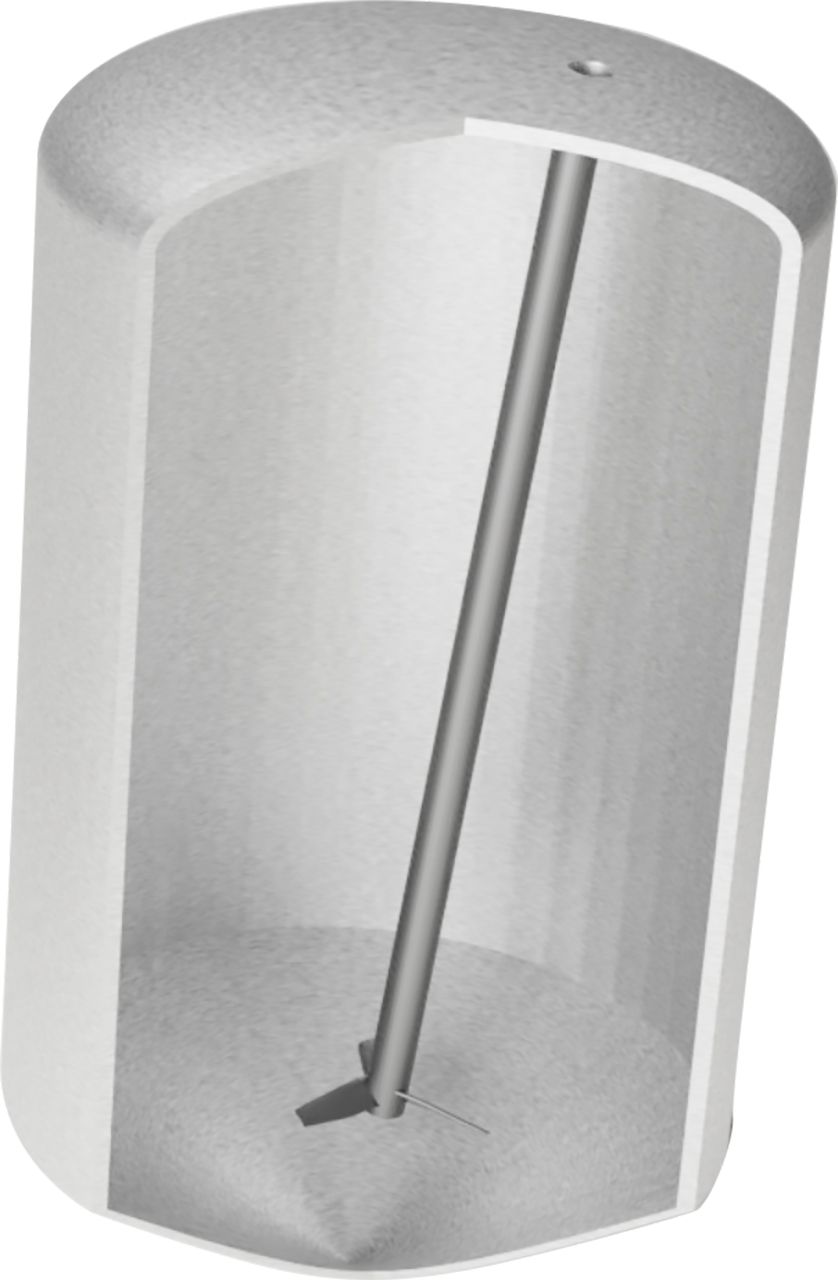
Figure 2. The airfoil impeller used in Mixer A.
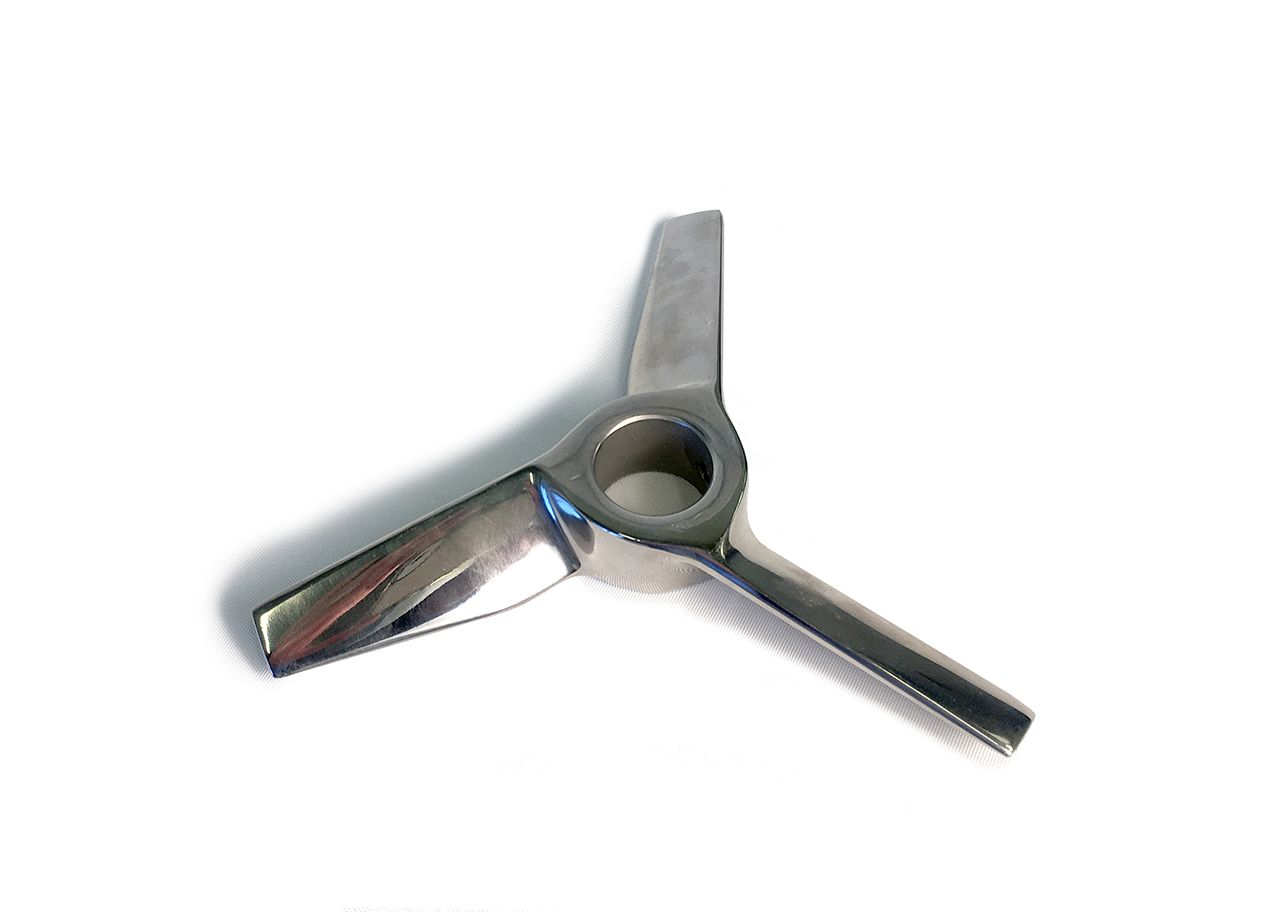
Figure 3 shows Mixer B, which uses a standard bottom-mounted impeller (Figure 4), and is being used in the larger-scale facility.
Figure 3 shows Tank B, which uses a bottom mounting for a standard impeller (Figure 4).
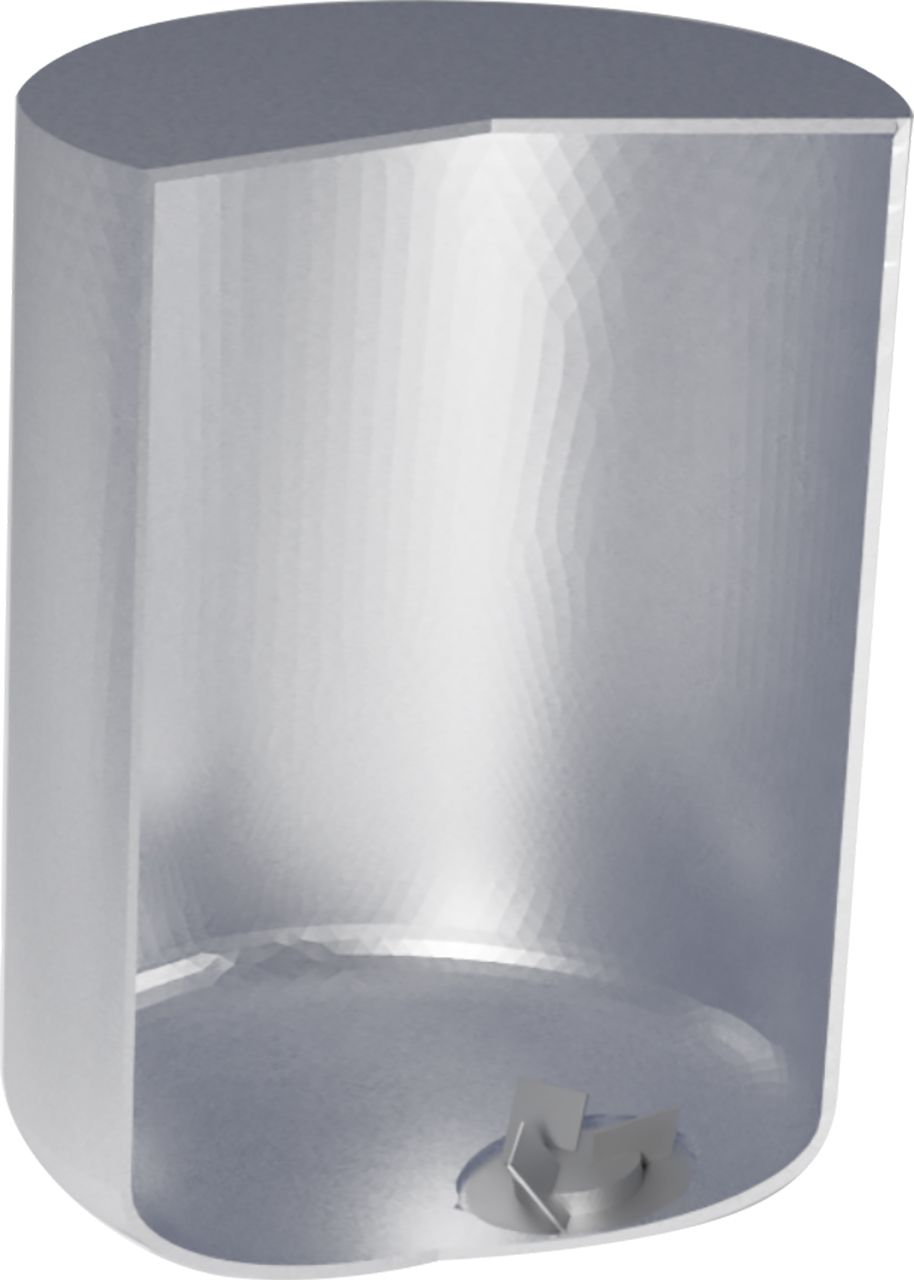
Figure 4. A standard bottom-mounted impeller used in Tank B (Figure 3).

This particular tool focuses on differences between impeller-generated flow patterns in the two mixing vessels at the different sites, as illustrated in Figures 5 and 6.
It uses digital solutions-based analysis to characterize mixing behavior and extract key performance parameters for the process, allowing the tech-transfer team to achieve parity between parameters in the two vessels by adjusting individual process parameters and/or equipment configuration. This approach minimizes expensive trials, and reduces development time and cost.
Figure 5. Modeling shows the velocity field and flow pattern from Mixer A, allowing it to be compared with that of Mixer B (Figure 6) to improve tech transfer.
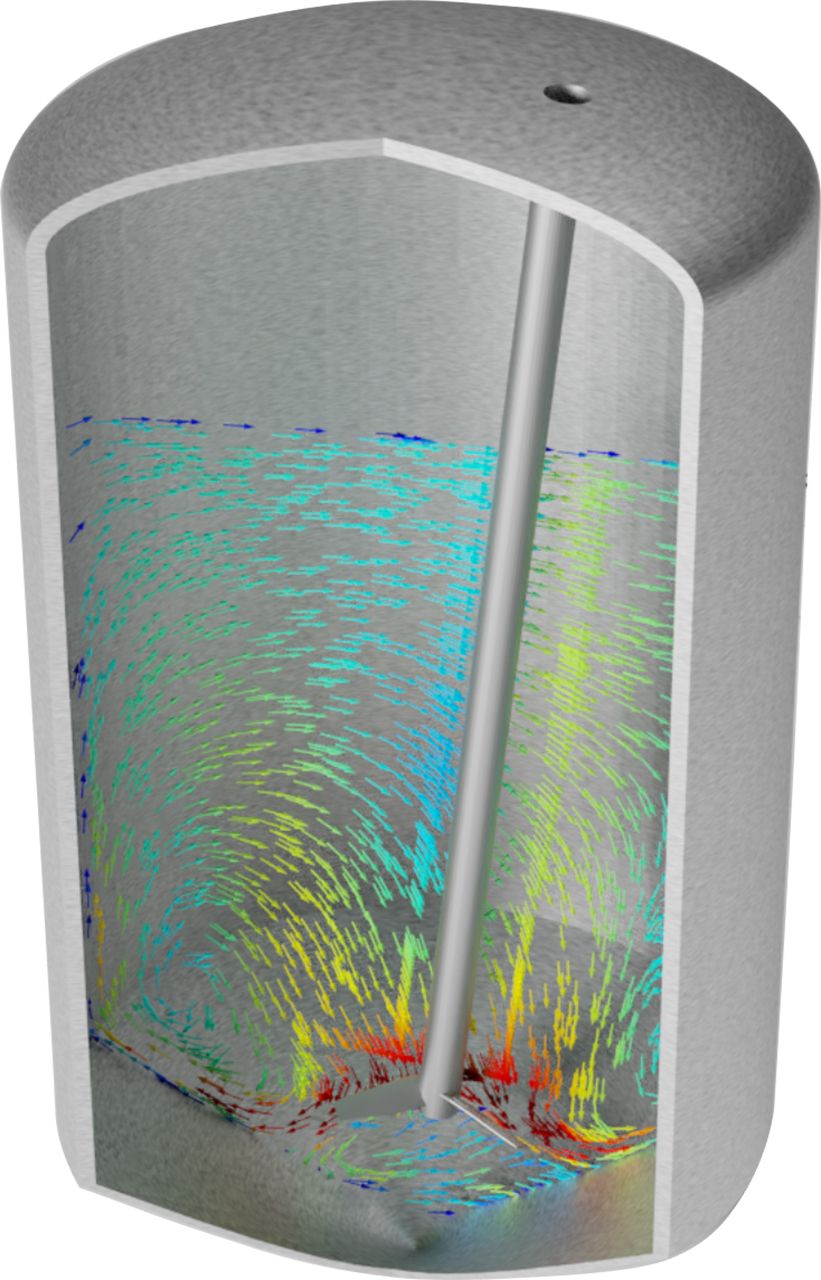
Figure 6. Velocity field and flow patterns revealed after modeling Mixer B.
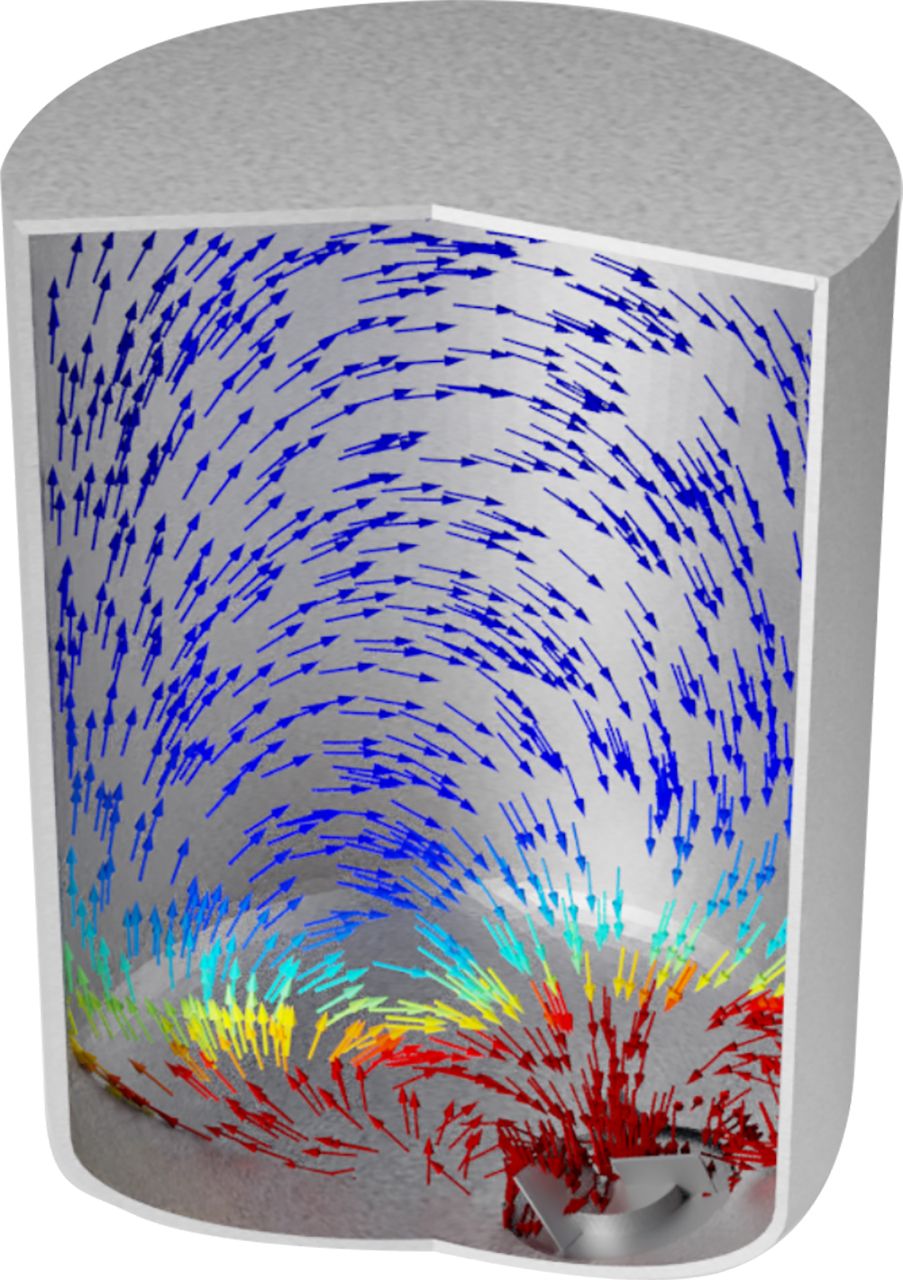
Portable equipment
Demand for flexible operations is also driving increased use of skid-based systems, which offer portability, flexibility, and quick changeover, allowing the same equipment to be used in a multitude of applications. The unit operation most commonly put on a skid is mixing and blending, which is a key process in the pharmaceutical industry.
In deploying a skid-based mixing system, for example, the following questions must be considered.
- Does the equipment have sufficient horsepower to run the process?
- Does the vessel configuration provide adequate mixing?
- How can proper mixing in the vessel be assured?
- Is the batch over-mixed or under-mixed, or is the mixing just right?
- For solids suspension, is there settling of solids in the vessel that can result in product nonuniformity?
- Is any air entrapped in the product, which can affect efficacy and shelf life?
- How can solid suspension be balanced with air entrapment? Aggressive mixing ensures solid suspension but entrains too much air, while gentle mixing does not entrain air but may result in settling of solids.
- What is the best location in the vessel to sample the product for quality assurance?
- How can the process be run most efficiently?
- Is there an opportunity to improve throughput and reduce cost?
In a traditional setting, these questions are answered at the stage of equipment procurement or process development and deployment. However, in a flexible manufacturing environment, these questions arise more frequently and must be answered quickly.
Here, digital solutions-based analysis coupled with selective rheological or bench-scale testing provides a rapid means of determining whether equipment will be suitable for different applications. This approach minimizes risk and waste, allowing informed decisions related to suitability of equipment to be made well in advance of deployment.
For example, consider a skid-based system used to manufacture a suspension product. Sufficient agitation is necessary to prevent settling of particulates from the suspension and ensure product uniformity. At the time of skid deployment, it is thus crucial to measure the impeller’s revolutions per minute (rpm) for the process.
Figures 7 and 8 illustrate the effect of impeller rpm on settling of solids in a suspension. At low rpm (Figure 8), the level of settling increases.
Figure 7. Solids settling within a suspension is shown at higher impeller rpm.
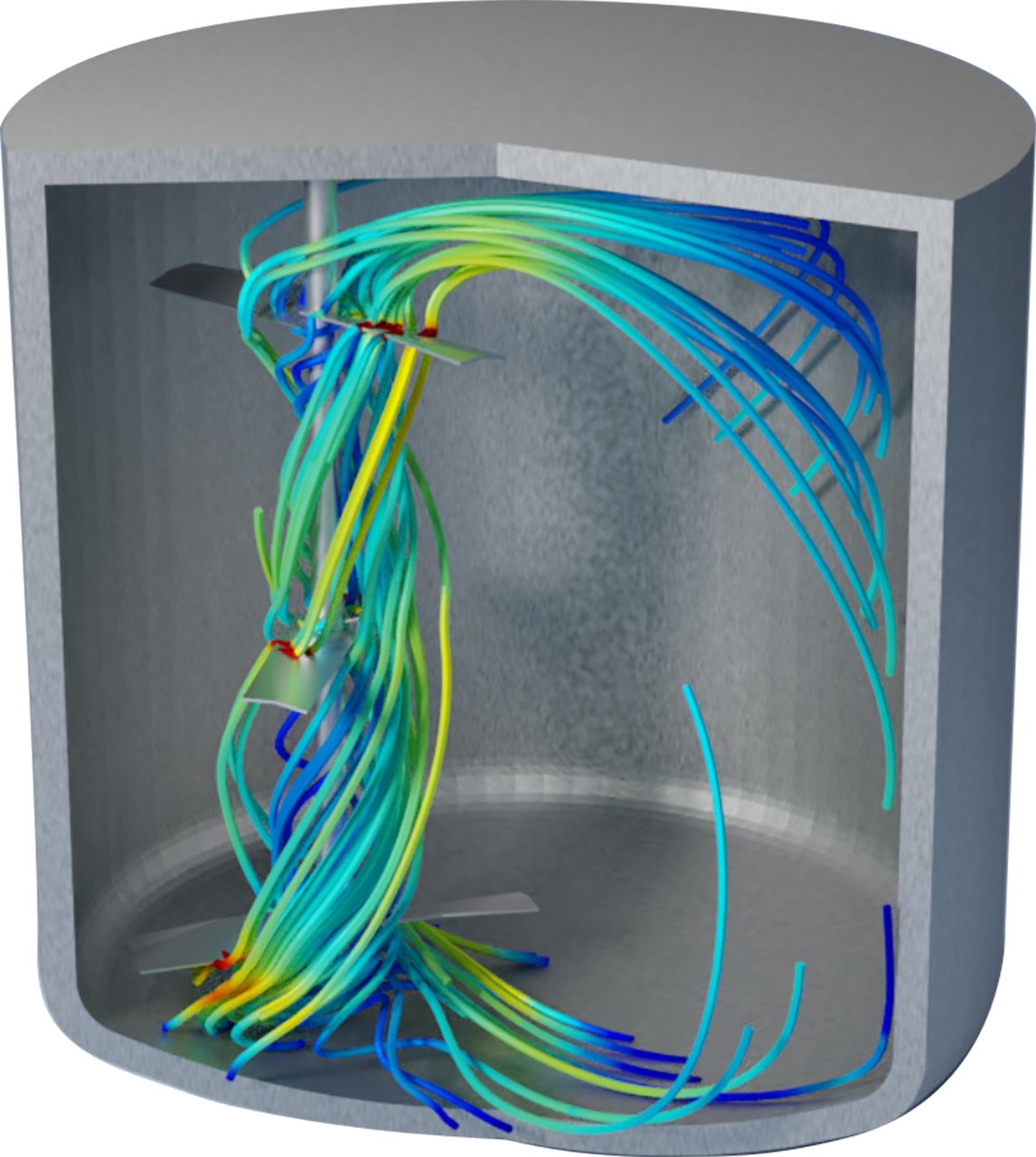
Figure 8. At lower rpm, models show a higher degree of solids settling within suspensions.

However, excessive agitation leads to air entrapment and affect the efficacy of the product.Optimal rpm is necessary to ensure suspension uniformity while minimizing air entrapment. Digital analysis can be used to determine the impact of rpm on particle concentration in the vessel. This analysis can also be applied to extract key parameters that result in air entrapment.
Single Use Technology (SUT)
Not only manufacturing, but clinical trials increasingly demand small-scale capabilities with maximum flexibility. DoE is usually performed to understand key process parameters and their relationship to critical quality attributes. For flexible, small-scale batch preparation, the industry is leveraging single-use technology (SUT), which reduces changeover time.It also offers the capability to easily scale up by using multiple reactors when demand increases.The use of SUT poses the same challenge as traditional multi-use equipment (i.e., process development is required).
However, experimenting with the equipment for process development would be too expensive, requiring the use of expensive API and excipients as well as the one-time use of the equipment. Digital simulation technology overcomes these challenges, allowing technology evaluation and process development to be carried out in a virtual environment.
Figure 9 shows how predictive analysis is applied to determine shear stress distribution and minimize/eliminate potential damage to biological material in a single-use bioreactor.
Figure 9. Predictive analysis for determining suitability of single-use technology for vaccine preparation. As shown here, flow path lines are evaluated to explore methods to minimize/eliminate damage to shear-sensitive biological material.

Process intensification
Process intensification, or scaling out rather than up, is finding increased use in both biologics and small-molecule manufacturing. Process intensification is often accomplished by migrating from batch to continuous processing. The approach offers several benefits, including higher throughput, reduced variability in product quality and efficacy, smaller equipment footprint, less waste, and lower energy consumption. It can improve product quality and address the challenges associated with drug shortage and recalls.It also prevents the greater variability often seen in products that have been manufactured using a batch process, because varying conditions at different positions in a batch reactor can result in different product attributes. In a continuous process, this variability does not exist and the flow chemistry delivers a consistent product.
However, in most cases, it is not known a priori whether the API will perform better in a batch versus continuous process. The costs of physically testing flow chemistry systems is much higher than the cost of testing for batch processes.
Testing costs can be reduced significantly by using virtual development based on digital solutions. In this case, digital solutions are used to determine the boundaries of continuous processing for process intensification. The suitability of manufacturing using continuous process with flow chemistry versus bath process can thus be established, thereby reducing the risk, cost, and time associated with physical testing.
Pharma 4.0
Although the landscape for drug development and manufacturing has changed, the need for control and automation continues to increase. Using automation, data gathering, and analytics, product consistency and quality can be improved while reducing operator errors.
The concept of Pharma 4.0 leverages digitization, data analytics, machine learning, and artificial intelligence to increase productivity and quality while reducing costs.
While Industry 4.0 provides vertical and horizontal integration of manufacturing, logistics, operations, and suppliers, the IIoT (Figure 10) connects machines, subsystems, and systems in the manufacturing plant.IIoT is a key enabler of Industry 4.0 that can deliver immediate gains in operating equipment effectiveness and provide early indicators for predictive maintenance.
At the grassroots level, successful IIoT deployment involves the selection/development and strategic placement of appropriate sensors to generate new data streams that can be analyzed to reveal new and important relationships between raw materials, product attributes, machine performance, and manufacturing outcomes.
Figure 10. Schematic showing the concept behind the Industrial Internet of Things (IIoT), a key enabler of Pharma 4.0.

The integration of IIoT, data analytics, and digital solutions provides key benefits related to the health and operation of the asset.These benefits include condition-based monitoring, asset performance management, predictive maintenance, energy and resource management for sustainability, and operations intelligence.
In short, digital solutions utilizing computer-based predictive methods of analysis based on the fundamental laws of mass, momentum, and energy conservation, plus chemical kinetics accelerate technology transfer and help evaluate skid-based and SUT systems.Process intensification to reduce product variability and increase throughput is achieved using digital solutions during the process development stage. Integration of IIoT based data with digital solutions provide benefits related to asset and quality monitoring.
Pharmaceutical Tariffs Are Imminent: How Industry is Bracing for Impact
April 16th 2025On April 14, 2025, the Trump Administration launched a national security-driven investigation into pharmaceuticals, a move that will likely result in tariffs being placed on pharmaceutical drugs, ingredients, and other components that are imported from outside of the United States.
Drug Solutions Podcast: A Closer Look at mRNA in Oncology and Vaccines
April 30th 2024In this episode fo the Drug Solutions Podcast, etherna’s vice-president of Technology and Innovation, Stefaan De Koker, discusses the merits and challenges of using mRNA as the foundation for therapeutics in oncology as well as for vaccines.